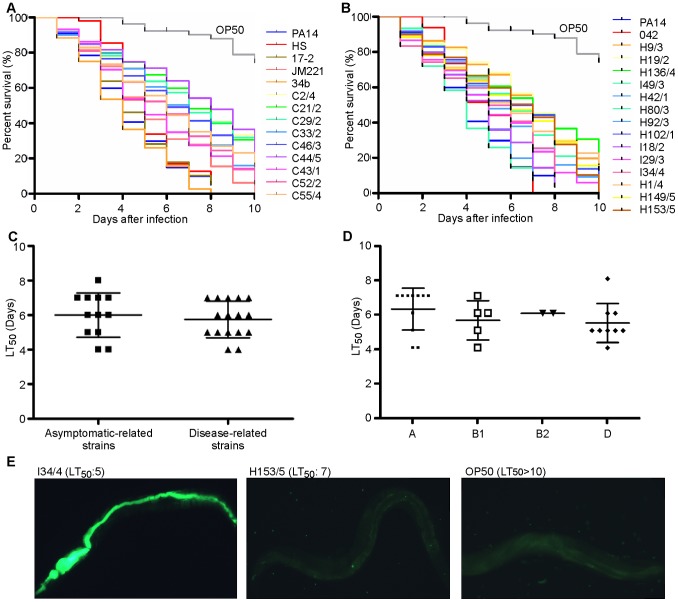Figure 3. Rates of death in C.elegans slow killing assays.
Nematode slow-kill virulence assays on NGM agar. The ability of each EAEC strain either associated with (A) asymptomatic or (B) clinical disease to kill the nematode worm C. elegans was examined over a 10 day period. The LT50 (time for half of the worms to die) was calculated for each experiment. The E. coli strain OP50, a commonly used as a food source for C. elegans, was used as a negative control (LT50>10). The opportunistic pathogen P. aeruginosa PA14 (LT50 = 4), which was previously shown to kill C. elegans, was included as a positive control. (C) Comparison between the LT50 exhibited by asymptomatic strains and clinical strains showed no statistically significant difference. D) Comparison of the LT50 of strains belonging to different phylogenetic groups showed that although phylogroup D showed the fastest killing rates, compared to strains belonging to groups A, B1 and B2 this was not statistically significant. (E) L4 nematodes were fed with EAEC clinical strains and negative control strain OP50 containing the pJB42-GFP expressing plasmid. After 72 h, worms were taken for imaging. Persistent colonisation of the worm intestine was found for strains with an LT50 of 4 or 5 (such as I34/4) in contrast with strains with an LT50 of 7 or more such as H153/5. Nematodes fed strain OP50 were not colonised. Magnification is at 100×.

